From August 15 to August 22, 1829, mobs of white Ohioans attacked African Americans in a violent event known as the Cincinnati Riots of 1829.
The Voice of Black Cincinnati describes the conditions leading up to the violence:
Despite the framers of the Ohio state constitution prohibiting the existence of the system of enslavement in 1802, the passage of a series of legal codes, known as the Black Laws, enacted in 1804 and 1807 respectively, ended any doubts about the real feelings and views of most white politicians about the presence of persons of African descent in the state. In general, these laws prohibited the migration of African Americans into the state of Ohio without putting up a $500.00 bond guaranteeing good behavior.
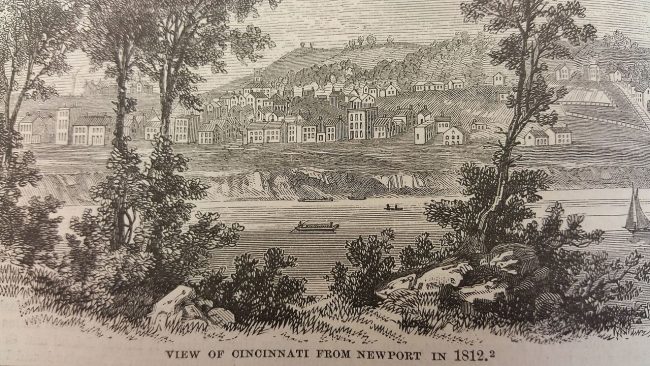
Cincinnati in 1812. Population 2,000. Source: The Pictorial Field-Book of the War of 1812 by Benson Lossing, held by the National Archives and Records Administration
During the decades that followed a series of additional laws were enacted that denied African Americans the right to testify against whites, serve on juries, and vote in several Ohio counties. Indeed, most African Americans were relegated to an inferior status throughout the state. In Cincinnati, African Americans were plagued by the frequency of racial violence throughout most of the 1800s.
It was around 1829 that the white Ohio legislature became increasingly hostile toward a rapidly growing free Black population. It tightened restrictions on Black immigration and explicitly segregated public spaces, including schools, by law.
The American Colonization Society, which worked to transport Black Americans to the African continent, was growing in popularity among racist moderates and threatening Black life in the United States. Irish immigrants to Ohio were also starting to grow in numbers by this time and viewed Black Ohioans as their competition for jobs. Viewing the racialized landscape, the Irish socialized to adopt white supremacy.
The racism hit boiling point and turned into widespread violence in Cincinnati on August 15, 1829, when gangs of white residents began attacking Black residents in the street and descended on their homes. The website BlackPast.org offers the following narrative of what happened:
Local African American leaders such as James Charles Brown were well aware of white efforts to control their population. There was already considerable emigration sentiment among African Americans for forming independent self-governing communities farther west or in Canada.
In June of 1829 Black community leaders sent two agents, Thomas Crissup and Israel Lewis, to Canada to buy land and secure permission for a settlement. They succeeded at both, establishing the Wilberforce settlement in Ontario.
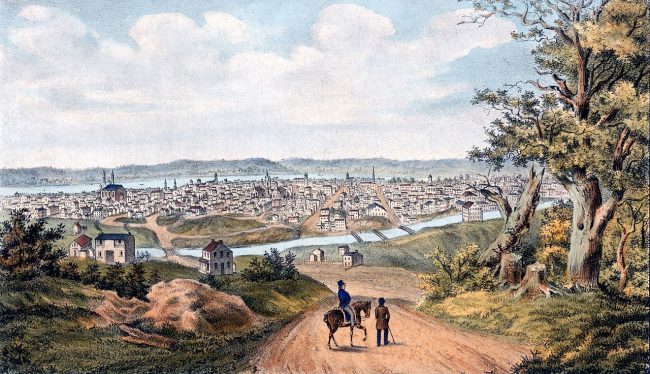
Cincinnati in 1841, with a population grown to over 44,000. Another racist riot, targeting the Black community, occurred that year. Source: NYPL
However, on June 30, the Cincinnati Daily Gazette printed a notice warning that the city would rigidly enforce the Black Act of 1807 within 30 days: all black residents must enter into bond by that time or face expulsion. The Black population understood that warning as a threat of mob violence. James Charles Brown appealed for three additional months before enforcement was to begin, and placed notices in the Gazette informing the white population of the progress of the Wilberforce emigration.
Nevertheless, from the night of August 15 through August 22, white mobs estimated at up to 300 people rioted in the Fourth Ward, where the majority of the city’s 2,250 African Americans lived. The mob destroyed businesses, burned residences and other structures, and assaulted Black residents. Initially city police did not intervene but eventually both white rioters and Black residents were arrested.
In the end, more than half the African American population left Cincinnati. A majority ended up in surrounding towns. A number of family groups emigrated to Canada, with some settling in Wilberforce.
This was not Cincinnati’s first violent, racist event and it would not be the last in that city, but it did lead to remarkable numbers of Black men, women, and children — some self-liberated but most from Northern states and territories — migrating to Ontario, Canada, before the Civil War.
It also pushed Black leaders across the United States to organize the National Colored Conventions, which made Canadian migration one of its primary goals. Decades later, on the eve of war, Black people made up just two percent of the Ohio population. (Read about the meeting about Cincinnati.)

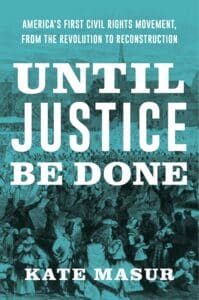

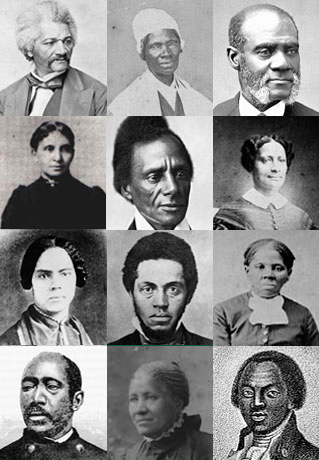
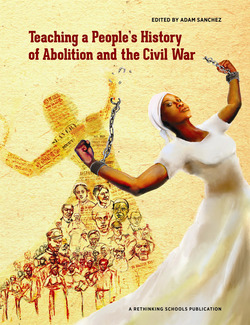
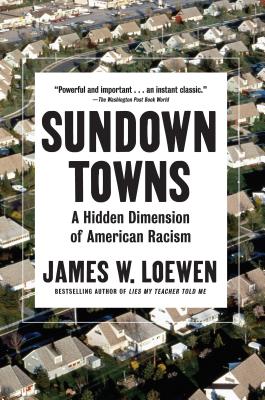
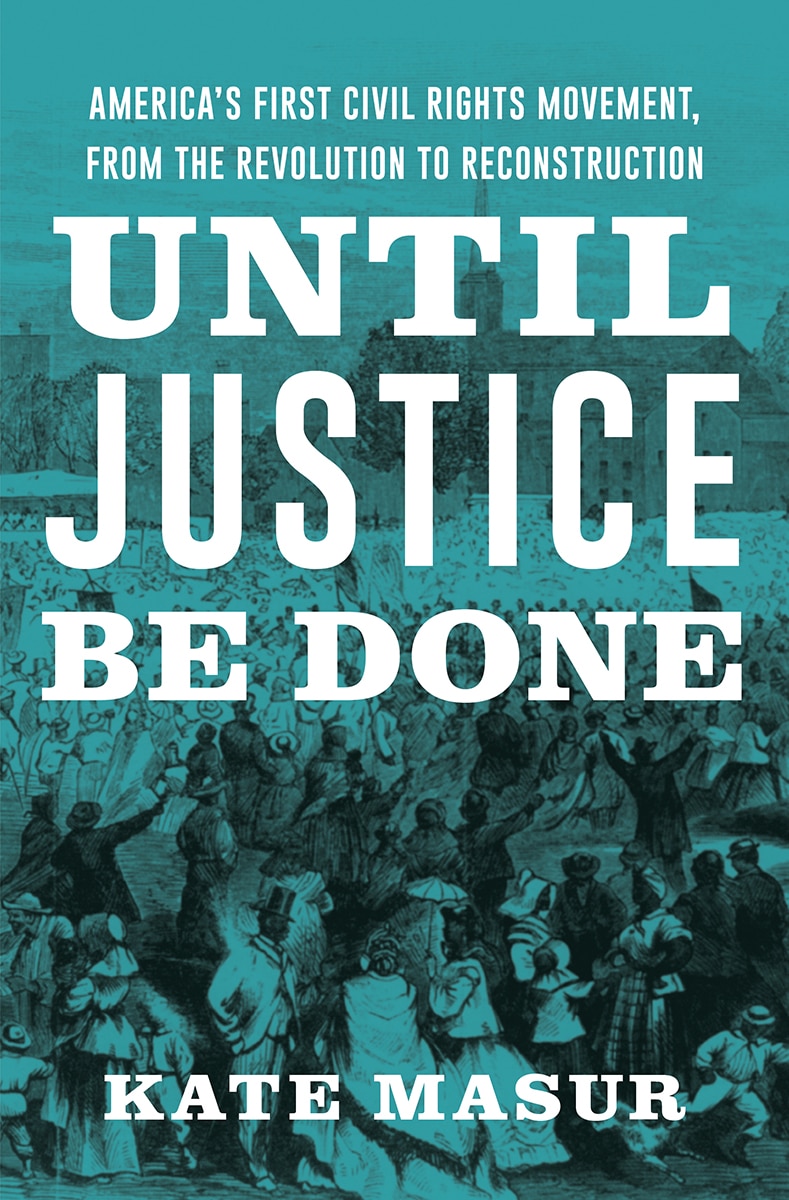
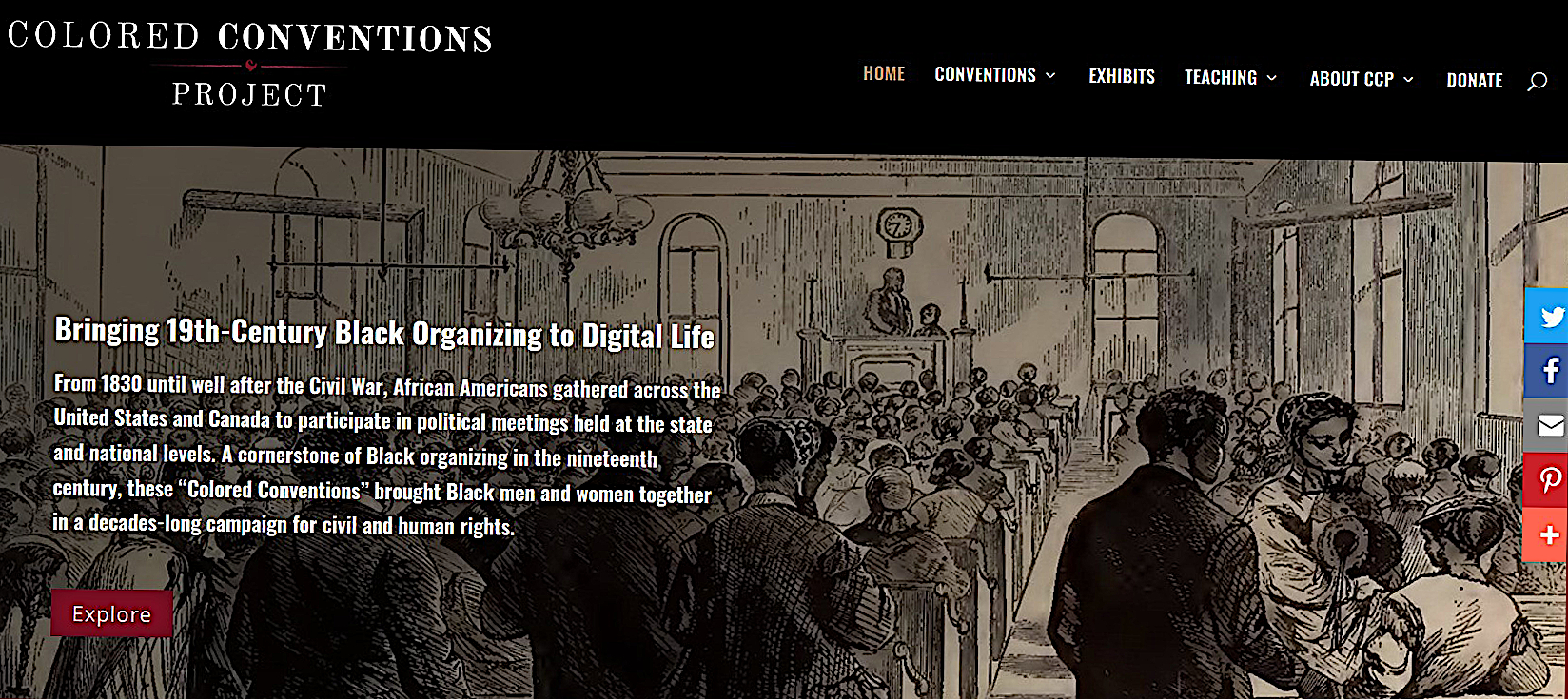
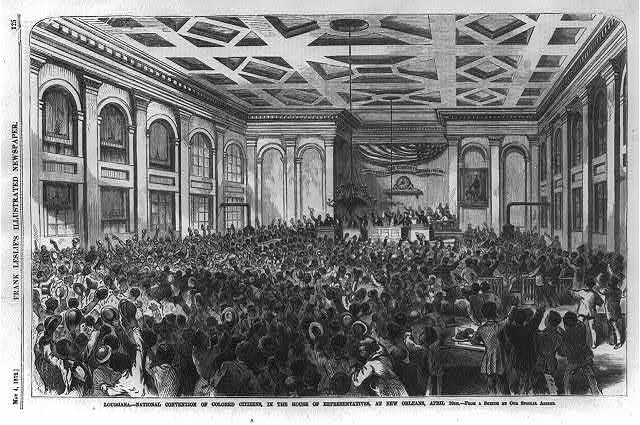





Twitter
Google plus
LinkedIn